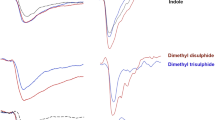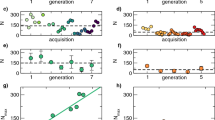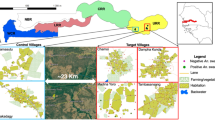Abstract
THE successful eradication of screw worm fly from Curaçao and from the southern United States has created a great interest in the possibility of insect eradication by release of sterile males1. Even where complete eradication cannot be achieved, the method can still be used for limiting the population density of harmful species to a level where it ceases to be of importance. If this can be done for a certain length of time in the case of vectors of diseases, it is possible that the disease-cycle may be completely interrupted and the disease itself eradicated.
This is a preview of subscription content, access via your institution
Access options
Subscribe to this journal
Receive 51 print issues and online access
$199.00 per year
only $3.90 per issue
Buy this article
- Purchase on SpringerLink
- Instant access to full article PDF
Prices may be subject to local taxes which are calculated during checkout
Similar content being viewed by others
References
Knipling, E. F., Science, 130, 902 (1959).
Mofidi, Ch. M. H., Document IPM/978 (Inst. Malar. and Parasitol., Tehran Univ., 1962).
Fay, R. W., and Morlan, Harvey B., Mosquito News, 19 (3), 144 (1959).
Quraishi, M. S., et al., a joint project of CENTO, and Dr. Ch. M. H. Mofidi, Tehran Univ. (unpublished results).
Weidhaas, D. E., Nature, 195, 786 (1962).
Author information
Authors and Affiliations
Rights and permissions
About this article
Cite this article
SAYEED QURAISHI, M., ARTHUR, M. Mating Behaviour of Anopheles Stephensi. Nature 197, 312–313 (1963). https://doi.org/10.1038/197312b0
Issue date:
DOI: https://doi.org/10.1038/197312b0
This article is cited by
-
Effect of body size on swarming behavior and mating success of maleAnopheles freeborni (Diptera: Culicidae)
Journal of Insect Behavior (1993)



